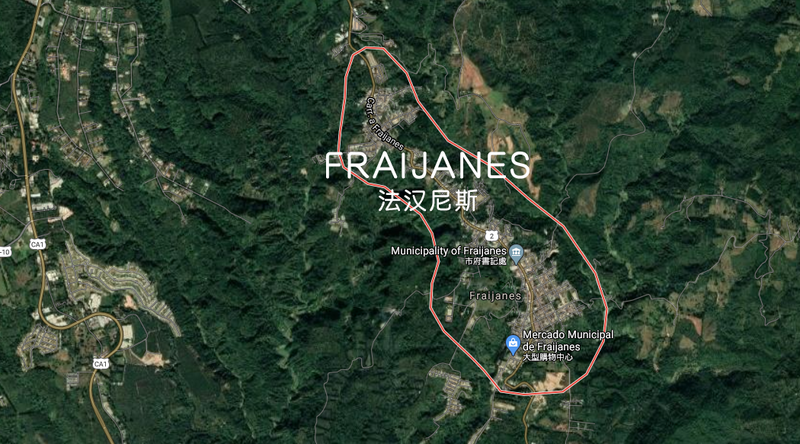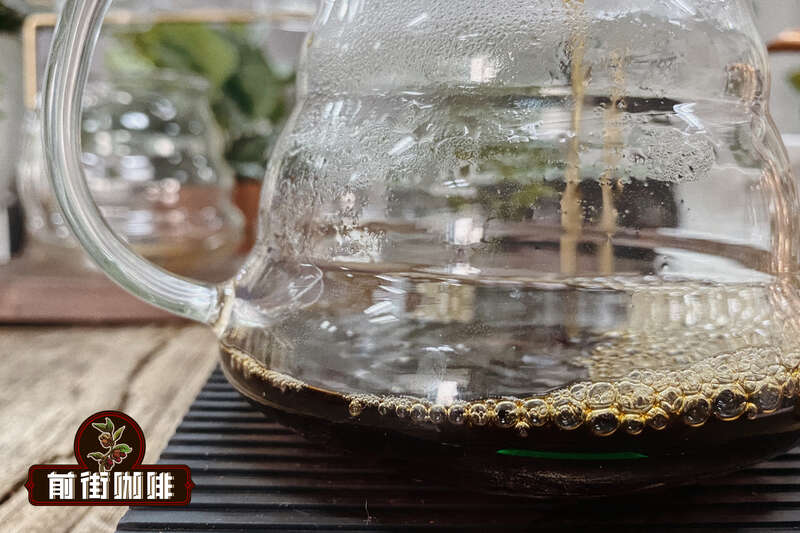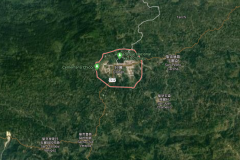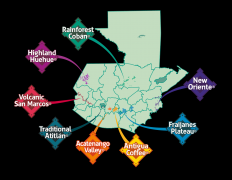Geographical and climatic characteristics of Fahannis coffee producing area in Guatemala the tonality of French Hannis coffee
French Hannes producing area
Volcanic pumice soil, high elevations, heavy rainfall, changes in humidity and active volcanoes are characteristic of the Fahannis area. The volcanoes around the Fahannis area are quite high above sea level, so that the Farrakhan Plain is still an active volcanic area, and the soil is rich in pumice, so the geographical environment of this producing area is similar to that of Antigua. However, Fahannis is affected by active volcanism and Atlantic climate at the same time. Fahannis has completely different weather in the morning, noon and evening, with abundant rainfall, sufficient sunshine and fertile soil. Farrakhan Nice Plain coffee beans have more distinctive characteristics than Antigua, coffee sweetness is extremely high, drupe aroma and round pure thickness. Pacaya, the most active of the three eruptive volcanoes in Guatemala, often provides the region with a small amount of ash, providing important mineral resources for the soil.

■ altitude: 1400-1800m
■ annual rainfall: 1500mm to 3000mm
■ average temperature: 12: 26 ℃
■ relative humidity: 70-90%
■ harvest season: December to February
■ soil: volcanic pumice
Main drying process of ■: Rizhao
■ shade species: Inga
Main topography of ■: highland plain and hillside
■ coffee tone: bright and stable acidity, full flavor and unique alcohol thickness

Important Notice :
前街咖啡 FrontStreet Coffee has moved to new addredd:
FrontStreet Coffee Address: 315,Donghua East Road,GuangZhou
Tel:020 38364473
- Prev

A detailed introduction to the coffee producing area of Koban Rain Forest in Guatemala the flavor characteristics of Koban Rain Forest Coffee
Guatemala has the second highest annual rainfall in coffee production area | Rainforest Coban in Koban Rain Forest. The name comes from the Qeqchi language "CobAn", which means "foggy place". There are perfect producing areas with steep mountains, green rain forests and charming flower scent, including an unspoiled natural environment and a unique micro-climate. High altitude mountain group and high humidity tropics
- Next

A brief history of Guatemalan coffee grading system and flavor characteristics of Guatemalan coffee
A brief history of Guatemalan coffee "Republic of Guatemala", commonly known as Guatemala, also means "place with many trees". It is located in Central America, with the Pacific Ocean to the west, the Atlantic Ocean to the east, Mexico to the north, and Honduras and El Salvador to the southeast. Located in Central America, Guatemala is the sixth largest coffee producer in the world, and coffee has always been driving Guatemala horses.
Related
- Beginners will see the "Coffee pull flower" guide!
- What is the difference between ice blog purified milk and ordinary milk coffee?
- Why is the Philippines the largest producer of crops in Liberia?
- For coffee extraction, should the fine powder be retained?
- How does extracted espresso fill pressed powder? How much strength does it take to press the powder?
- How to make jasmine cold extract coffee? Is the jasmine + latte good?
- Will this little toy really make the coffee taste better? How does Lily Drip affect coffee extraction?
- Will the action of slapping the filter cup also affect coffee extraction?
- What's the difference between powder-to-water ratio and powder-to-liquid ratio?
- What is the Ethiopian local species? What does it have to do with Heirloom native species?

